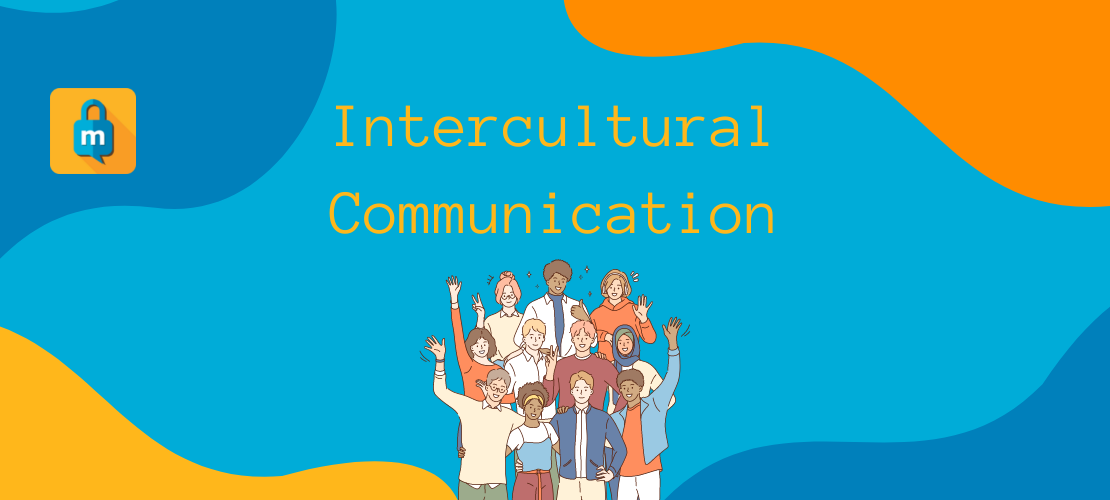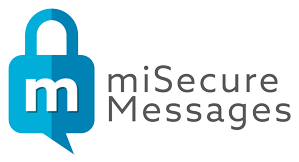
Enhance Performance by Developing Intercultural Communication!
Healthcare professionals must learn intercultural communication to deliver quality care to non-native patients and to communicate appropriately with traveling physicians or nurses. Healthcare is indeed diverse. However, healthcare providers need to equip intercultural communication knowledge to handle uncertain interactions. Becoming a successful leader who can respond to a non-native patient will maintain a prominent presence for the patient and set an example within the team. There's a lack of structural intercultural communication training implementation in medical education. Thus, healthcare providers must be aware of intercultural communication and take a step forward in developing the vital skills for success.
To develop intercultural relationships, one must learn the factors that affect them:
- socio-communicative style
- uncertainty reduction
- degree of intercultural communication apprehension
- empathy
- similarity.
Socio-Communicative Style
The socio-communicative style is a communication terminology for the degree of responsiveness and assertiveness one displays. Uncertainty reduction and degree of intercultural communication apprehension affect the degree one can empathize with others and how similar they are to others. In healthcare, providers have to expect the unexpected and often encounter language barriers. That's why equipping intercultural communication skills will aid providers in easing the consultation process in the case without an interpreter. A secure medical text app will allow healthcare providers to reach the most appropriate professional to assist the patient quickly.
Uncertainty Reduction
In the term itself, the amount of unpredictability during a communication process. And the natural response is anxiety; uncertainty is cognitive (what one thinks and knows), while fear is affective (how one feels). Both are closely linked. That's why when a healthcare provider is serving a non-native patient, and the first response is how to reduce the uncertainty. Increasing the predictability of their own and the patient's behaviors is a way to develop a strategic communication process. Healthcare providers can reduce tension about other cultures and apprehension of intercultural communication through repeated exposure and actively interacting with different cultures.
Degree of Intercultural Communication Apprehension (ICA)
Communication apprehension is the degree of fear or anxiety one has with actual or anticipated communication with another person or group. Intercultural communication apprehension follows the definition; however, the associated anxiety is from communicating with people of a different culture. Healthcare providers must work with diverse healthcare professionals and patients; intercultural communication apprehension will hinder proper communication and care delivery. Thus, healthcare providers should prioritize and develop intercultural communication skills as part of their practices.
Empathy and Similarity
When healthcare providers meet patients and providers from other cultures, reducing uncertainty is essential for empathy to happen. Compassion motivates communication behavior, and developing empathic listening skills can help providers approach empathy with non-native patients. The similarity is significant for the establishment and development of relationships. Similarities can help reduce uncertainties and create higher approach tendencies.
Breaking down the definitions hopefully will clarify why these factors are essential and how they affect intercultural communication. The study by Emma Paternotte et al., "Intercultural Communication Through the Eyes of Patients: Experiences and Preferences." highlights the impact of intercultural competency. When providers are not culturally competent, there's less satisfaction and mutual understanding, "Literature shows that doctor-patient communication and patients' perceptions of quality of care are influenced by the patient's cultural views and language proficiency." (Paternotte et al., p. 170). Improved intercultural competence will engender higher patient satisfaction, care, involvement, and health outcomes. Below is a list of patient preferences:
- patients preferred a provider who devoted full undivided attention
- listening to them carefully
- explaining topics without medical jargon
- comforting the patient
- advising on preparation before the consultation
- having an open behavior
- treating the patient as an individual rather than a disease
- asking more questions
- professional attitude
- and spending less screen time on the computer.
With documenting Electronic Health Records (EHR), there's the drawback with screen time; however, now providers can consider patient preferences to manage and curate the care process effectively. Establishing good communication will ensure positive feelings and the continuation of building relationships. An established relationship allows non-native patients to connect easily with the provider they know. Because there's exposure to each other's communication process, there's less uncertainty and more mutual understanding.
Ethnocentrism
Ethnocentrism and intercultural communication apprehension negatively impact communication satisfaction with non-native patients. Ethnocentrism is the degree to which individuals set their in-group attitudes and beliefs as the standard by other groups. The variation is viewed as unfavorable if there's a deviation from the norm. Individuals with ethnocentric views have no desire to communicate effectively with people outside their culture, are generally not mindful, and don't have the desire to reduce uncertainty. When a healthcare provider has ethnocentric views, ethnocentrism will impact patient care.

